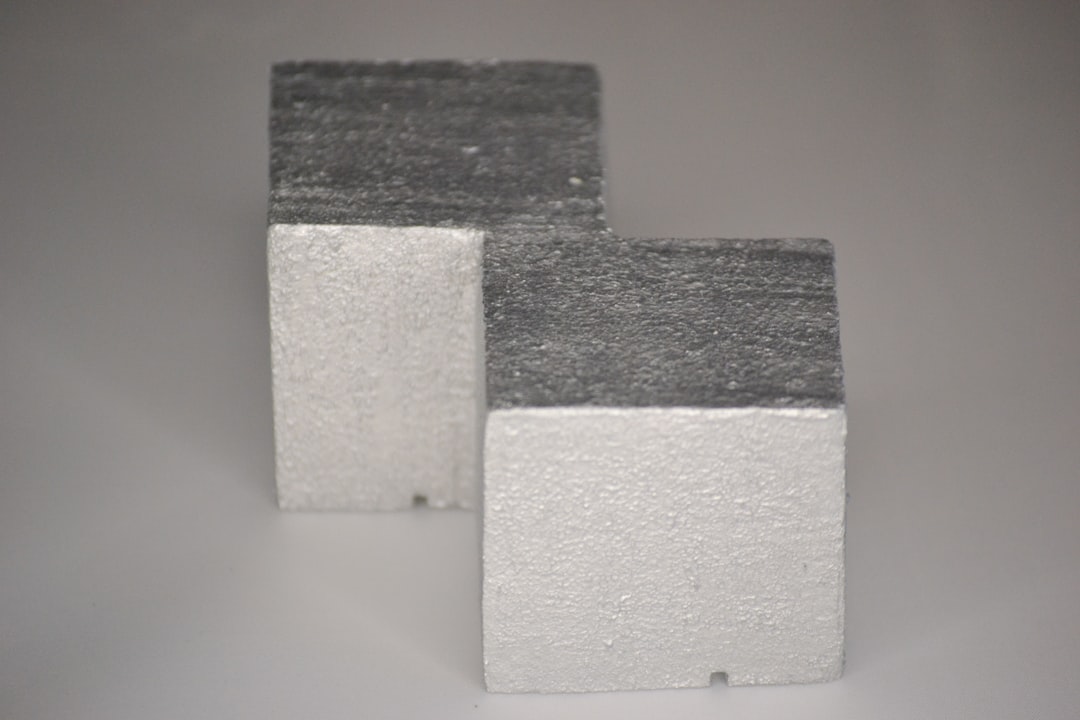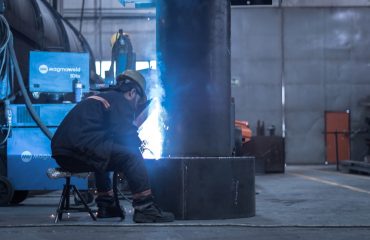The steel industry is constantly evolving, driven by the demand for materials with enhanced properties to meet the challenges of modern engineering and technology. High value-added steel products represent the pinnacle of this evolution, offering superior performance characteristics compared to conventional steel grades. This in-depth exploration delves into the fascinating world of these advanced materials, examining their unique properties, diverse applications, manufacturing complexities, market dynamics, and future prospects.
Defining High Value-Added Steel: Beyond the Basics
High value-added steel isn’t simply a higher-priced steel; it’s a product engineered with specific properties tailored to demanding applications. This involves sophisticated alloying, precise manufacturing processes, and rigorous quality control. These steels often possess superior strength, corrosion resistance, formability, or other specialized characteristics unattainable in standard steel grades. The “value-added” aspect stems from the enhanced performance, leading to improved efficiency, reduced maintenance costs, and extended lifespan in various end-use applications. Examples include advanced high-strength steels (AHSS), stainless steels with enhanced corrosion resistance, and tool steels with exceptional wear resistance.
Manufacturing Processes: Precision and Innovation
Producing high value-added steel requires advanced manufacturing techniques beyond conventional steelmaking. Processes like thermomechanical control processing (TMCP) are crucial for AHSS, allowing for precise control over the microstructure and resulting in exceptional strength and ductility. Vacuum induction melting (VIM) and electroslag remelting (ESR) are employed to refine the steel composition, removing impurities and ensuring consistent quality, particularly important for specialty steels used in critical applications like aerospace and medical devices. Advanced techniques like laser welding and additive manufacturing are also being increasingly explored to create complex shapes and further enhance the properties of these steels.
Key Applications: Where High Value-Added Steel Shines
The superior properties of high value-added steel lend themselves to a wide range of demanding applications across diverse industries. In the automotive sector, AHSS plays a vital role in lightweighting vehicles, enhancing fuel efficiency and safety. The aerospace industry relies on high-temperature alloys and corrosion-resistant steels for aircraft components, ensuring structural integrity and durability. The medical industry utilizes biocompatible stainless steels for implants and surgical instruments, prioritizing biocompatibility and strength. Other key applications include energy (turbines, pipelines), construction (high-rise buildings, bridges), and consumer goods (high-performance tools, sporting equipment).
Market Trends and Future Prospects: A Growing Demand
The market for high value-added steel is experiencing significant growth, driven by increasing demand from key sectors like automotive, aerospace, and energy. The trend towards lightweighting, improved efficiency, and enhanced safety is fueling the adoption of these advanced steels. Furthermore, ongoing research and development are constantly pushing the boundaries of steel properties, leading to the emergence of even more specialized grades with enhanced performance characteristics. This includes the exploration of novel alloying elements, advanced processing techniques, and the integration of smart materials technologies.
Challenges and Opportunities: Navigating the Future
Despite the promising market outlook, the high value-added steel industry faces certain challenges. The cost of manufacturing these specialized steels is generally higher compared to conventional grades, impacting affordability. Sustainable manufacturing practices are also crucial, as the environmental impact of steel production needs to be minimized. Opportunities lie in developing more cost-effective manufacturing processes, exploring eco-friendly alloying elements, and fostering collaborations across the value chain to streamline production and enhance the overall efficiency of the industry. The future of high value-added steel hinges on overcoming these challenges while capitalizing on the growing demand for these advanced materials in a sustainable manner.
The future of high value-added steel is bright, with continuous innovation driving the development of even more advanced materials to meet the evolving needs of various industries. The ongoing research in material science, coupled with advancements in manufacturing techniques, promises to unlock even greater potential in the years to come.
SEO-Friendly Tags:
- High Value-Added Steel
- Advanced High-Strength Steel (AHSS)
- Specialty Steel
- Steel Alloys
- Steel Manufacturing Processes




